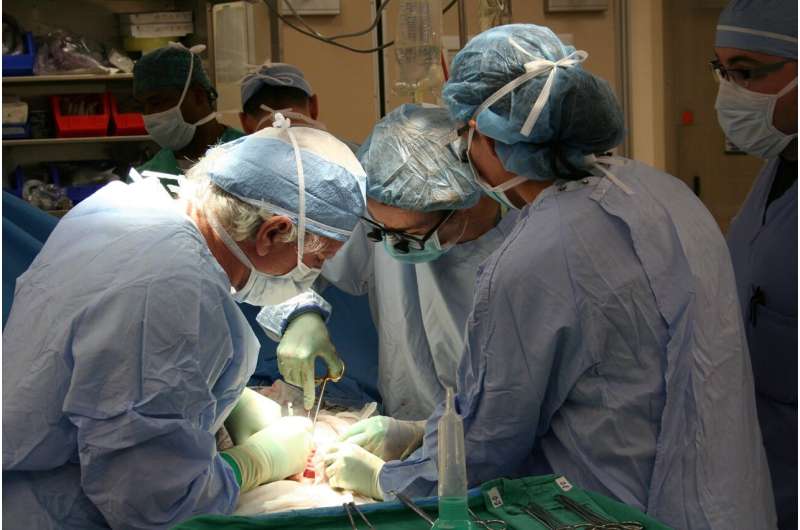Uncovering 3D DNA Structures in Brain Cells: A New Hope for Glioblastoma Understanding

Researchers from Weill Cornell Medicine have made an intriguing discovery that could revolutionize our understanding of glioblastoma, a highly aggressive brain cancer. Their study centers around the three-dimensional organization—or folding—of DNA within brain cell nuclei. Contrary to traditional views that focus mainly on gene mutations, this research highlights how the spatial arrangement of genes plays a critical role in cancer development.
In healthy brain cells, DNA regions form specialized hubs where genetic regions communicate and regulate each other to maintain normal cellular functions such as development and tissue homeostasis. However, in glioblastoma cells, these hubs become dysregulated. Genes that are linked to cancer can cluster together or interact abnormally, driving the oncogenic processes that lead to tumor growth.
The team employed advanced techniques to investigate the DNA architecture in glioblastoma cells obtained from patients. They identified that these cancer-related hubs are often formed by epigenetic modifications rather than underlying genetic mutations like deletions or amplifications. These epigenetic changes influence how DNA is packaged, which in turn affects gene expression and cellular behavior.
One of the promising approaches explored by the researchers was using the CRISPR interference technology to target and silence specific hub regions. This intervention disrupted the communication network among cancer-driving genes, resulting in decreased tumor-like behavior in lab-grown glioblastoma cells.
Interestingly, further analyses across different types of cancers revealed that similar 3D regulatory hubs may be a common feature beyond glioblastoma. Cancers such as melanoma, lung, and prostate also exhibit these hyperconnected DNA regions, although each cancer type shows distinct hub configurations. These hubs often form through epigenetic alterations affecting gene regulation rather than direct genetic mutations.
The findings shed light on potential new avenues for cancer therapy by targeting the spatial and epigenetic organization of the genome. This approach holds promise for developing treatments that could complement existing molecular therapies by interfering with the regulatory hubs essential for tumor survival and growth.
Source: https://medicalxpress.com/news/2025-04-3d-gene-hubs-dna-brain.html
Stay Updated with Mia's Feed
Get the latest health & wellness insights delivered straight to your inbox.
Related Articles
Importance of Breast Cancer Screening in Women in Their 40s for Early Detection and Survival
Early breast cancer screening starting in women’s 40s can significantly improve survival rates by enabling early detection and treatment. A new study advocates for lowering screening age based on recent findings.
Innovative Approach: Simultaneous Kidney and Stem Cell Transplants Could Eliminate Long-Term Immunosuppressant Use
New research from Mayo Clinic demonstrates that simultaneous kidney and stem cell transplants may allow patients to live without lifelong immunosuppressive medications, offering hope for safer, longer-lasting transplants.
Regional Variations in Dementia Risk Across the United States
A groundbreaking study uncovers significant regional differences in dementia rates across the U.S., emphasizing the need for targeted prevention strategies based on location.



